
Windows Update is not downloading updates? You’re not alone. Many Windows users have had this issue occurring on their computer — their Windows Update utility can’t download updates or the download process gets stuck.
This is very frustrating. You can’t install updates for your Windows system because of this issue. But don’t worry. It can be fixed…
Fixes to try
The following are a few methods that have helped many Windows users fix their issues with Windows Update. You don’t have to try them all; just work your way down the list until you find the one that works for you.
Method 1: Run the Windows Update troubleshooter
You should first try running the built-in troubleshooter for Windows Update to fix the error. To do so:
1) Click the Start button in the lower left corner of your screen, then type “troubleshoot“.

2) Click Troubleshoot or Troubleshooting in the search results.
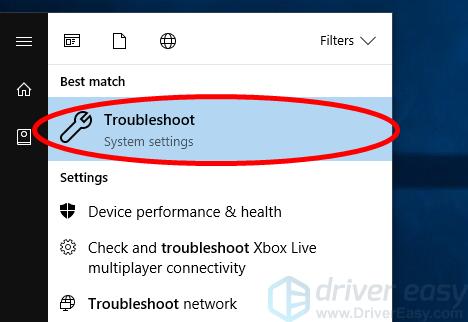
3) Run the Windows Update troubleshooter:
a. If you’re using Windows 10, click Windows Update and then Run the troubleshooter.
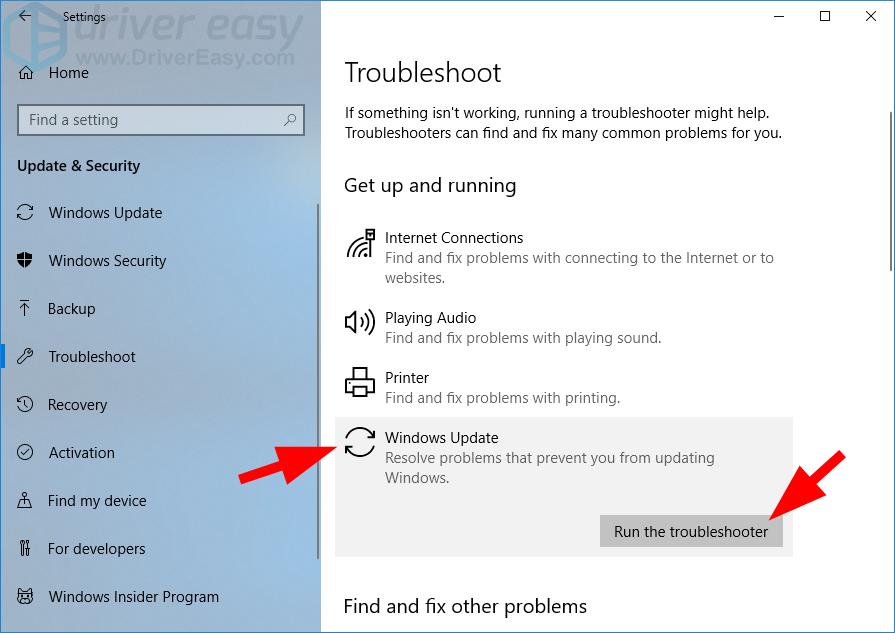
b. If you’re on Windows 7, click Fix problems with Windows Update.
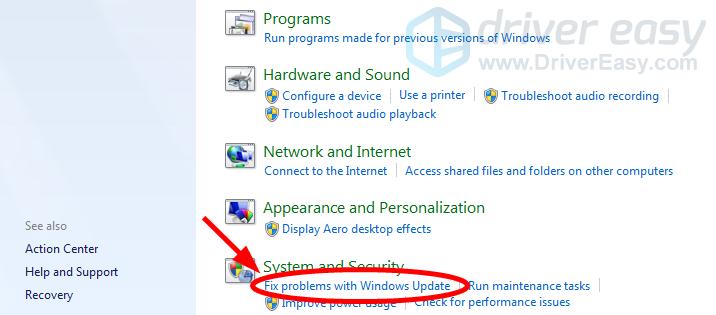
4) Follow the on-screen instructions to complete the troubleshooting process.
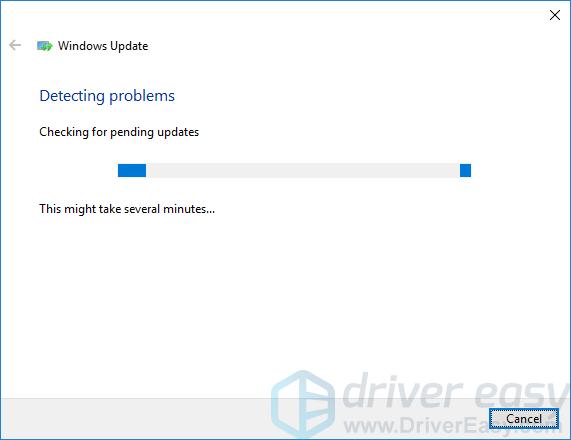
If the troubleshooter fixes your Windows Update utility, great! But if not, there are two more fixes to try…
Method 2: Reset Windows Update components
Windows Update can’t download updates if your Windows Update components are corrupted. You should reset those components and see if this fixes your problem. Here’s how to do it.
1) Click the Start button in the lower left corner of your screen, then type “cmd“. In the list of results, right-click Command Prompt and select Run as administrator.
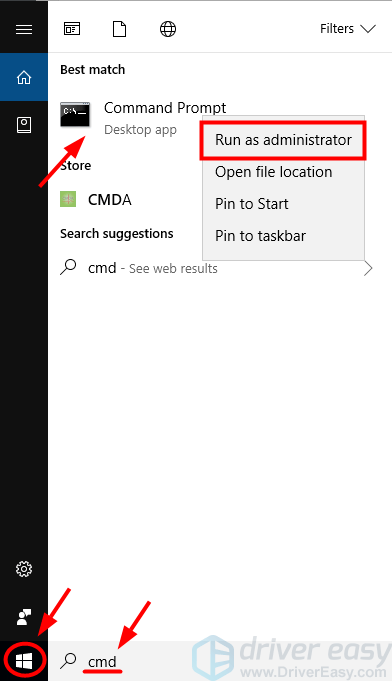
2) In Command Prompt, type the following lines of command and press Enter on your keyboard after typing each:
- net stop bits
- net stop wuauserv
- net stop appidsvc
- net stop cryptsvc
3) Type these lines of command and press Enter after typing each in Command Prompt:
- Ren %systemroot%\SoftwareDistribution SoftwareDistribution.old
- Ren %systemroot%\system32\catroot2 catroot2.old
4) In Command Prompt, type these commands and press Enter after each to restart the services:
- net start bits
- net start wuauserv
- net start appidsvc
- net start cryptsvc
Hopefully this works for you. But if not, you may need to…
Method 3: Install the update manually
You can also download and install the update manually if Windows Update fails to do it for you. To install the update manually:
1) Click the Start button in the lower left corner of your screen. Then type “information“. In the list of results, click System Information.
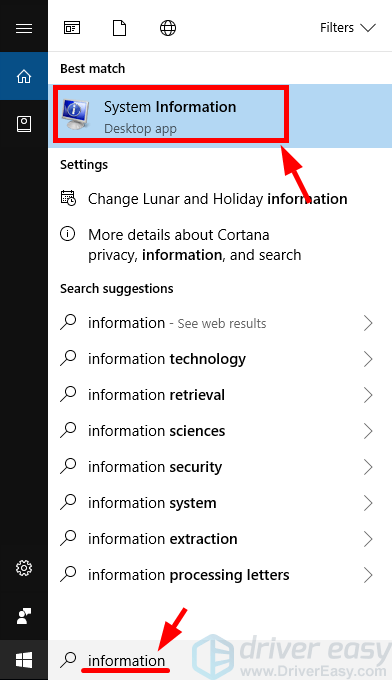
2) In the System Information window, check System Type. Its value is usually x64-based or x86-based (or sometimes ARM64-based).
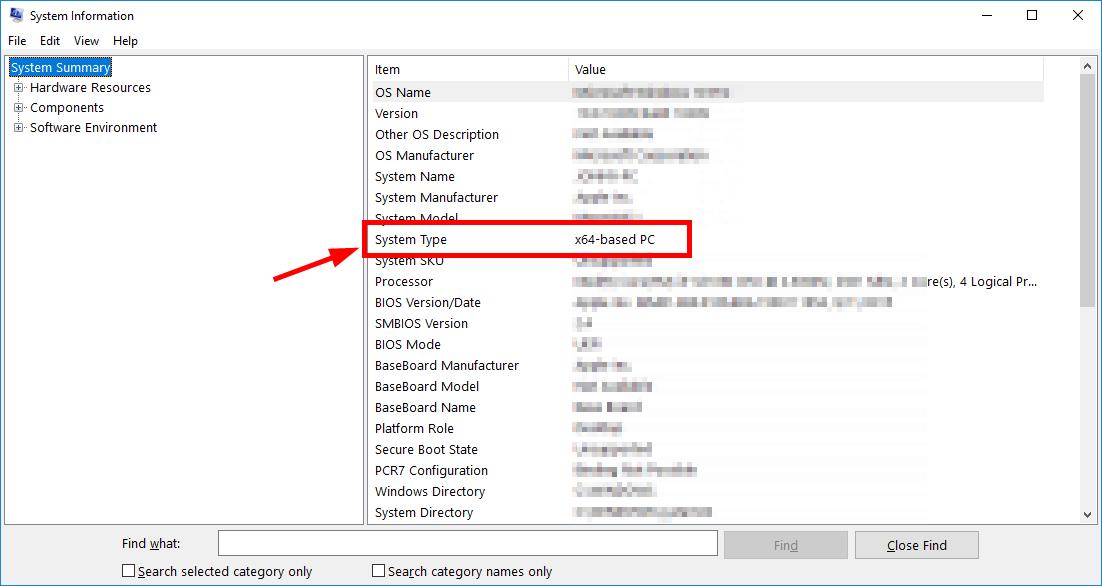
3) On Windows Update, note down the system updates that failed to install. (You may need to get the information from the update history.)
![]()
4) Go to Microsoft Update Catalog. Then search for the updates you have failed to install.
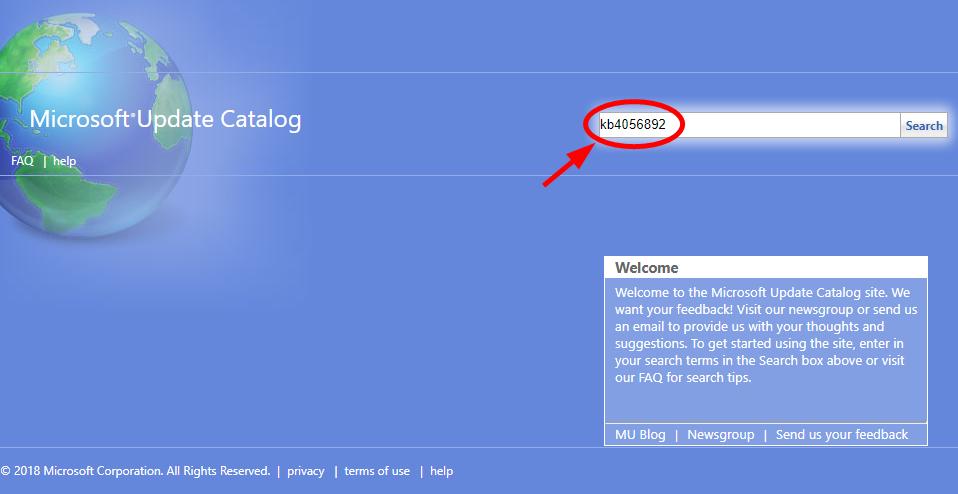
5) In the search results, find the update that matches your operating system and system type (x86-, x64- or ARM64-based). Then click Download next to the update.
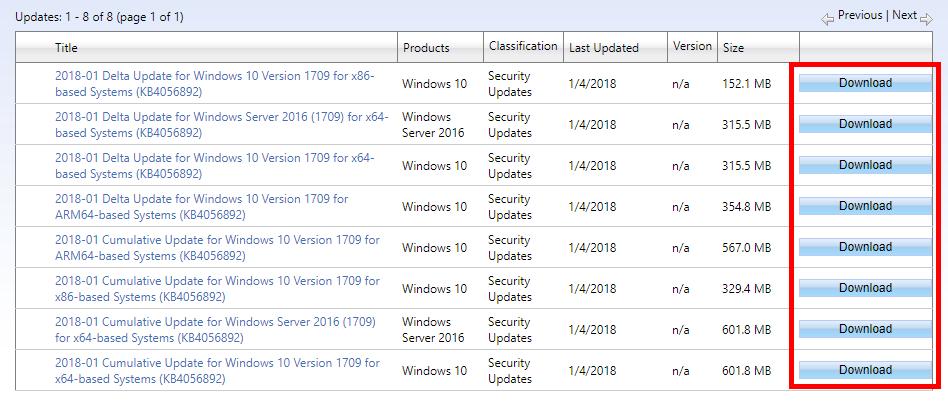
6) Click the link on the new window to download the update.
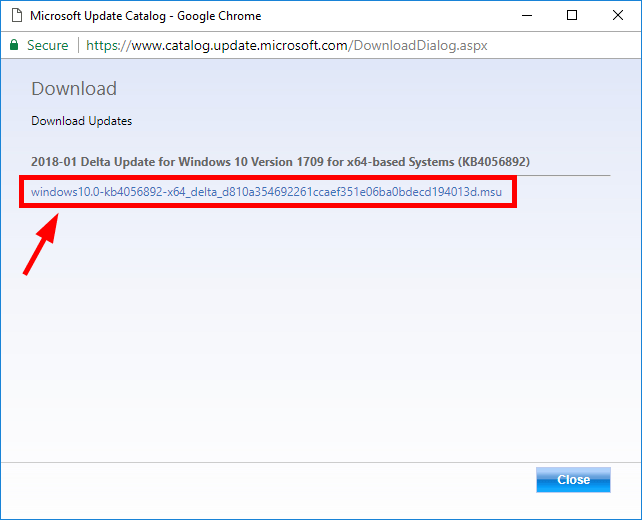
7) Open the file you’ve just downloaded and follow the on-screen instructions to install the update.





